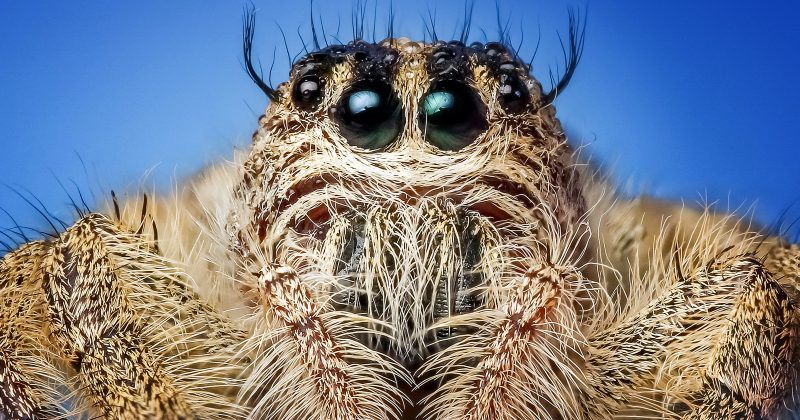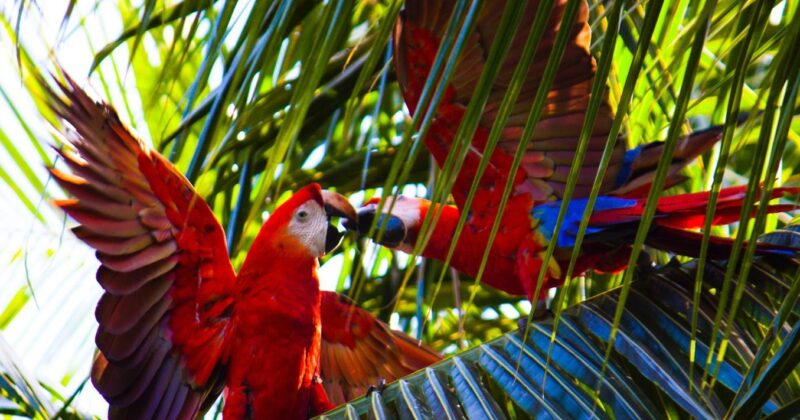
The Devil’s Fingers Fungus
A rare and spooky looking fungus called the Devil’s Fingers
(Clathrus archeri) was discovered on Halloween at a Nature reserve near
Bristol.
The Devil’s Fingers is a saprotrophic fungus (soil-forming
mushroom) native to Australia and New Zealand [1]. This organism lives off
decaying matter and is part of a family of death reeking funguses known as
stinkhorns.
The Devil’s Fingers was first recorded in Europe in France,
1914. Presumably, this species was transported to Europe with Australian wool or,
alternatively, with military supplies at the beginning of the First World War
[2]. Its first recorded presence in Britain was in Cornwall, 1946.
This was a surprising identification by an Avon Wildlife Trust conservation team on October 31st as there have only been two known records in this region, both from 1999.
Also known as Octopus Fungus, this fungal species sprouts red tentacle-like arms from a partly buried white gelatinous ‘egg’. These arms stand vertically and are initially joined at the tip before unfolding backwards into a star shape. 5-7 (sometimes up...





